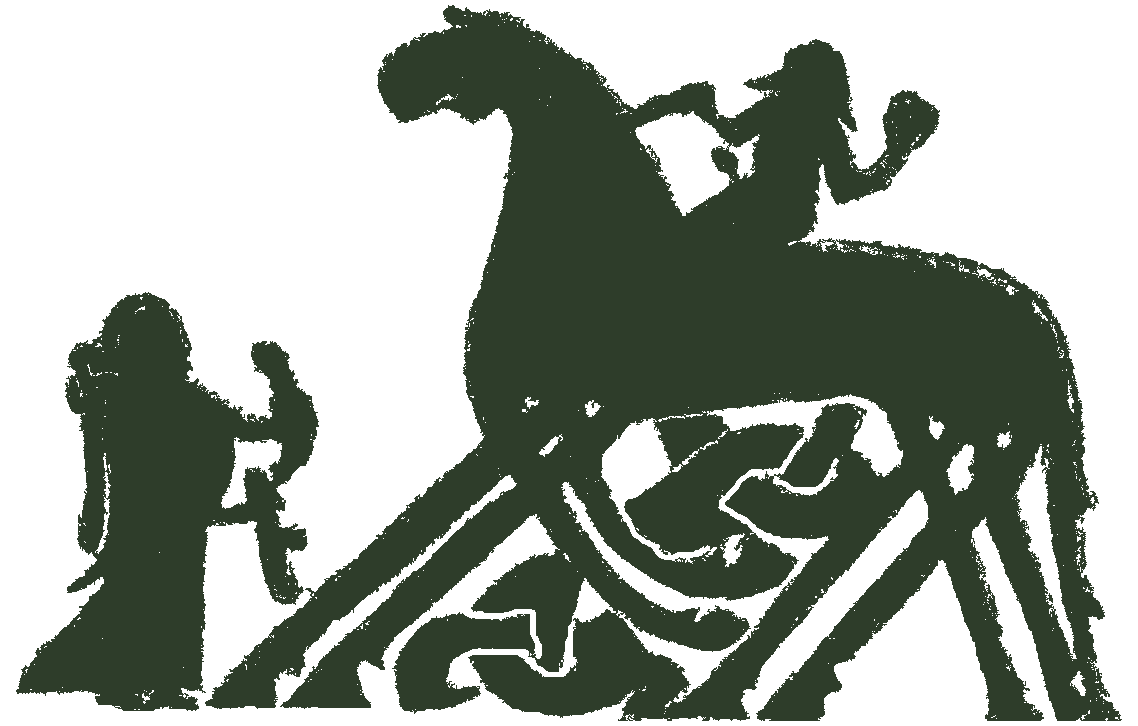1. Introduction
This is not currently part of the peer-reviewed material of the project. Do not cite as a research publication.
The Pre-Christian Religions of the North (PCRN) project aims to document and analyse the mythology and religious practices of Northern Europe prior to the introduction to Christianity. One of the strands of PCRN involves making accessible the disparate sources for the pre-Christian religion. This process is to be digitized, allowing access to the evidence of the religions of the North to a wide audience. A challenge for this project is to make meaningful links between these sources and central concepts in the study of the religions, as well as to the other two strands of the project. This challenge is also an opportunity to take this project and related ones to an advanced technological level by the semantic linking of data from a broad range of sources. This requires the linking of interpretative elements to the corpora that provide the evidence for the understanding of the religions.
With some level of abstraction, the relationships between evidence and interpretation can be encoded as electronic links. The most obvious and commonly used method is as a relational database and served via the web as an interlinked series of web pages. This approach is extremely common and is the basis for a range of complex resources that are available on the Internet, such as Facebook, Wikipedia and Google.
The difficulty with this approach is that there are no or few standards for representing these relationships across different corpora, and a web interface normally hides (largely for good reasons) the complexity of the linking between different data sets. Semantic Web technologies provide a means by which the relationships themselves can be encoded and exported in a machine-readable way and queried using a common interface.
This paper will take a number of different phenomena potentially representing pre-Christian religious belief and practice in Scandinavia and propose ways in which machine-readable semantic links can be made between the sources for the religions and their analysis. The sources include mythological narratives, place-names, pictorial representations and some other phenomena including folkloric material, poetry and burials. I will focus on the god Þórr/Thor and some sources associated with him, but draw examples from other areas.
In addition I will also present ways in which this approach can be implemented through data design and eventual web display of the material. This requires structures that allow different phenomena to be connected, such as an object and a narrative. This model can incorporate links to Web and Semantic Web resources, and also be exported itself as a Semantic Web resource. The structures proposed here have been tested and implemented using a relational database with a web interface.
The approach presented here shares some similarities with comparative, formalist or structuralist approaches to understanding Old Norse religion in that it requires some level of interpretative abstraction in order to compare equivalent phenomena. It shares the drawbacks of such approaches in that, by reducing extremely complex phenomena to a series of discrete and comparable elements, there is always the risk that the complexity is lost. The approach presented here, however, minimizes this risk by providing a flexible structure where the level of analysis allows for multiple interpretations. It has the added advantage that the evidence base, including geographical and temporal data, is always fundamentally linked to the analysis.
